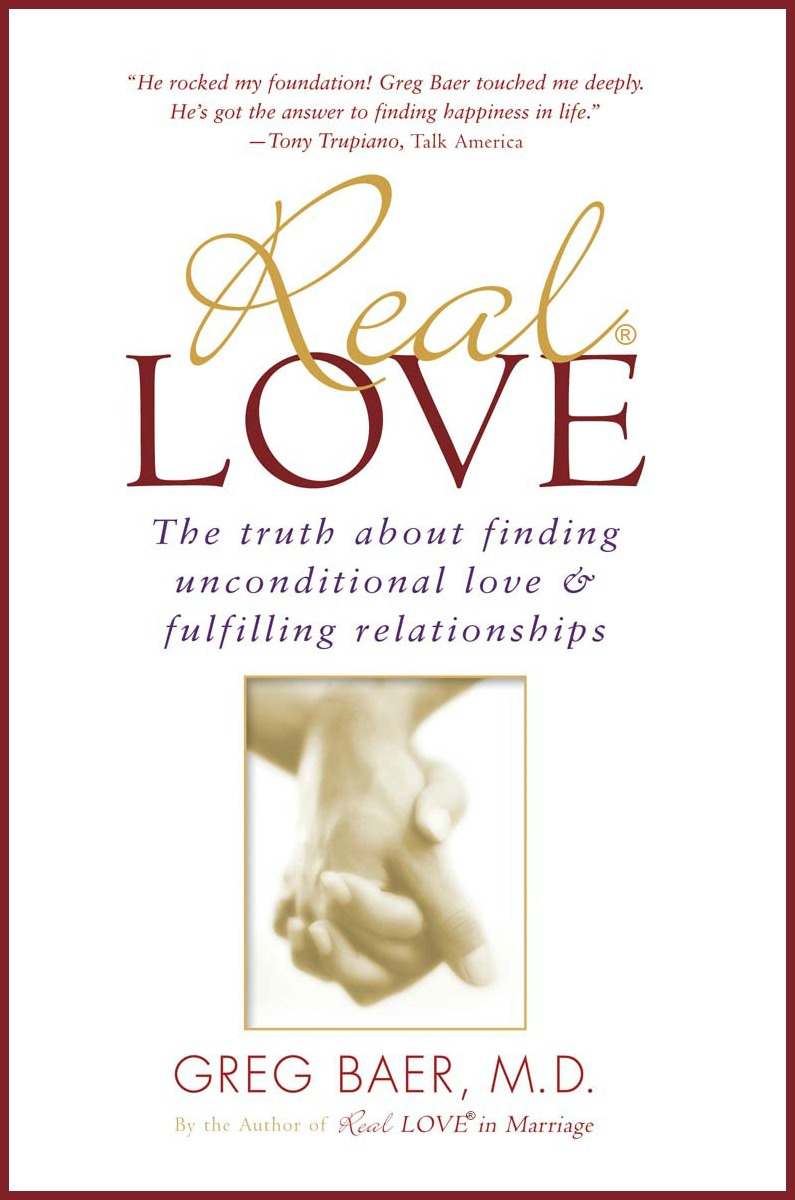For years I lived in the western United States, where out on the plains you can see families of prairie dogs, a kind of ground squirrel that lives in burrows extending as much as thirty feet out and ten feet deep from the surface opening. They eat grasses, small seeds, and some insects, which they forage from the ground around their burrows.
Before a prairie dog leaves his burrow, he sits tentatively just below the opening, waiting, listening, and sniffing the air to be certain that emerging is safe. He weighs maybe one or two pounds, so in the open he’s relatively easy prey for wolves, foxes, hawks, and the like. He pops out of his hole, quickly finds something to eat—all the while hypervigilant for any indication of a predator—and darts back into the safety of the burrow.
This way of life works well for the survival of prairie dogs. They have safely proliferated in their habitats for hundreds of thousands of years. But hypervigilance and hiding in holes doesn’t work well for people. Our highest purpose in life is not merely to survive, but to live with a rich sense of fulfillment and connection. That can’t happen in a hole.
If we want to be genuinely happy, we have to take risks. We have to be honest with people, which enables us to connect with them and even feel unconditionally loved by them. We have to climb out of our burrows and find the love that gives us the rich lives we deserve.


